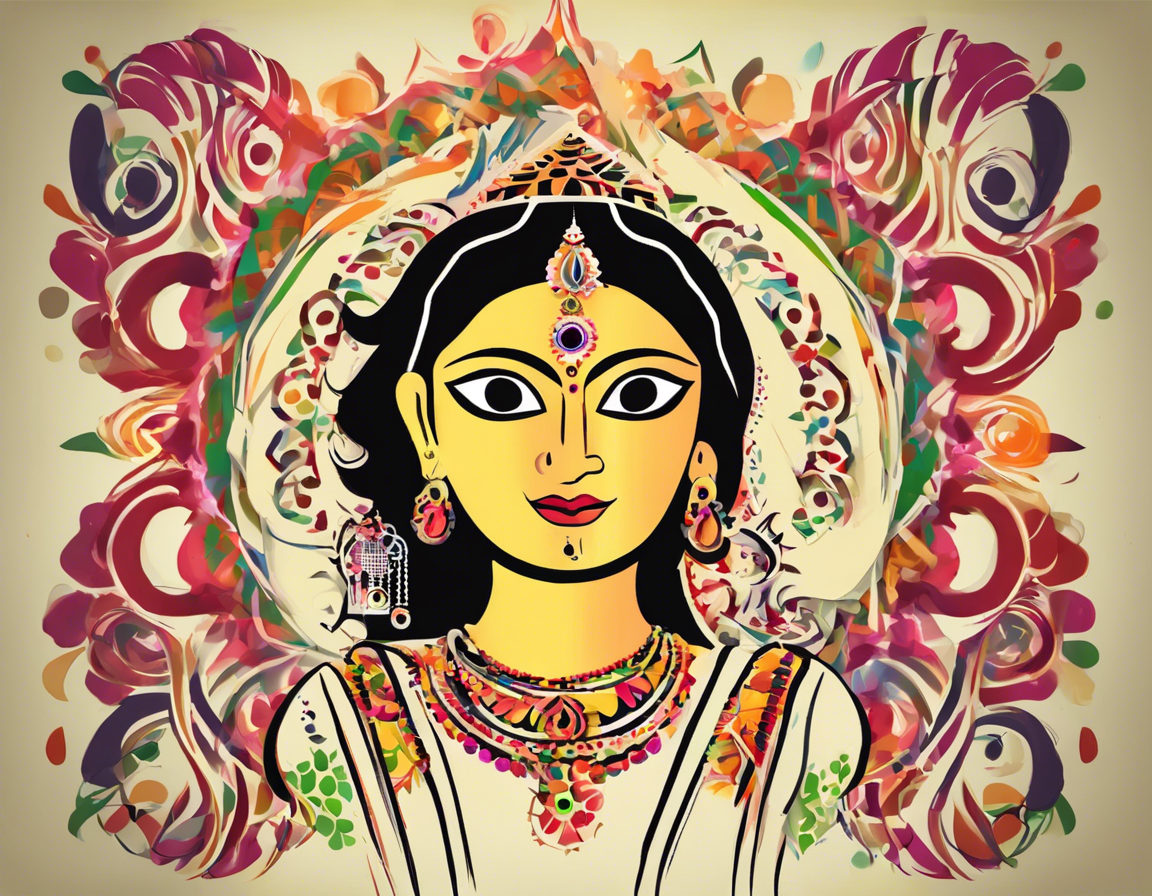
Navratri, which translates to “nine nights,” is a vibrant and joyous Hindu festival celebrated with great enthusiasm across India and in many parts of the world. This auspicious festival is dedicated to the worship of Goddess Durga and her various forms, with each day representing a different avatar of the goddess. The festival typically falls in the months of September or October, and in 2023, Navratri will be celebrated from October 8th to October 16th.
Significance of Navratri
Navratri holds immense spiritual significance for devotees who seek blessings, strength, and guidance from the divine feminine energy. It symbolizes the triumph of good over evil, with Goddess Durga’s victory over the demon Mahishasura serving as a central theme. The festival is also an occasion for joyous celebrations, traditional dance performances like Garba and Dandiya Raas, elaborate puja ceremonies, and fasting.
Day-wise Celebrations
Each of the nine days of Navratri is dedicated to a different form of Goddess Durga, known as Navadurga. Here is a brief overview of the day-wise celebrations during Navratri:
Day 1 – Pratipada: Devotees worship Shailaputri, the first form of Goddess Durga, symbolizing strength.
Day 2 – Dwitiya: Brahmacharini, the unmarried form of the goddess, is worshipped for emancipation or moksha.
Day 3 – Tritiya: Chandraghanta, the goddess of peace and serenity, is venerated on this day.
Day 4 – Chaturthi: Kushmanda, the creator of the universe, is honored for prosperity and brightness.
Day 5 – Panchami: Skandamata, the mother of Skanda or Kartikeya, is worshipped for salvation and prosperity.
Day 6 – Shashthi: Katyayani, the warrior goddess, is revered for courage and protection.
Day 7 – Saptami: Devotees seek blessings from Kaalratri, the fiercest form of Goddess Durga who destroys ignorance and removes darkness.
Day 8 – Ashtami: Mahagauri, the epitome of beauty and elegance, is worshipped for peace and compassion.
Day 9 – Navami: Siddhidatri, the granter of wishes and fulfiller of desires, is worshipped on the final day.
Rituals and Traditions
1. Fasting: Many devotees observe fasts during Navratri, abstaining from grains, onion, garlic, and non-vegetarian food.
2. Puja: Elaborate puja ceremonies are conducted, with offerings made to the goddess and arti performed.
3. Garba and Dandiya Raas: These traditional dance forms are an integral part of Navratri celebrations, where people dance in circles with rhythmic movements.
4. Aarti: Devotees sing and perform aarti to honor the goddess and seek her blessings.
5. Kanya Puja: On the eighth or ninth day of Navratri, young girls are worshipped and fed as a form of seva to the divine feminine energy.
6. Colorful Attire: People dress in vibrant traditional outfits, with many women adorning themselves in lehenga choli or sarees for the occasion.
Navratri Around the World
While Navratri is primarily celebrated in India, its popularity has spread to various parts of the world where the Indian diaspora resides. Countries like the United States, the United Kingdom, Canada, Australia, and others host grand Navratri events with Garba and Dandiya nights, attracting people from diverse cultural backgrounds.
FAQs about Navratri:
Q1: What is the significance of Garba and Dandiya Raas during Navratri?
A: Garba and Dandiya Raas are traditional dance forms that originated in Gujarat, India. Garba involves dancing in circles around a central lamp or deity idol, symbolizing the cycle of life and creation, while Dandiya Raas is a stick dance representing a mock-fight between Goddess Durga and the demon Mahishasura.
Q2: Can non-Hindus participate in Navratri celebrations?
A: Yes, Navratri is a festival that welcomes participants from all backgrounds to join in the celebrations, dance, and seek the blessings of Goddess Durga.
Q3: Are there any specific rules for fasting during Navratri?
A: Fasting practices during Navratri vary among individuals and regions. Some people observe strict fasts, while others opt for partial fasts or include specific foods like fruits and dairy products in their diet.
Q4: How is Kanya Puja performed during Navratri?
A: Kanya Puja involves worshiping young girls as embodiments of the goddess. Typically, nine girls representing the Navadurga are invited, their feet washed as a sign of respect, and prasad offered to them.
Q5: What are some popular dishes consumed during Navratri fasting?
A: Some common dishes prepared during Navratri fasting include sabudana khichdi, kuttu ki puri, sama rice, aloo ki sabzi, fruit salads, and sweet dishes made with jaggery.
Navratri is a time of spiritual renewal, cultural revelry, and community bonding. It is a festival that embodies the essence of divine grace and the victory of good over evil. As devotees come together to celebrate the goddess’s manifestations, they find strength, joy, and a sense of unity that transcends boundaries and cultures.
